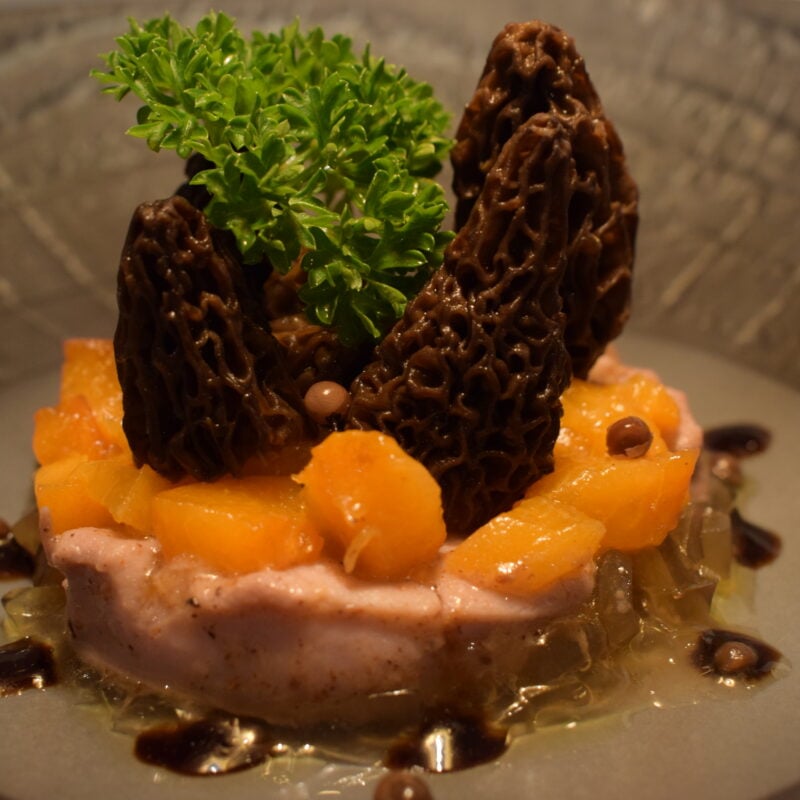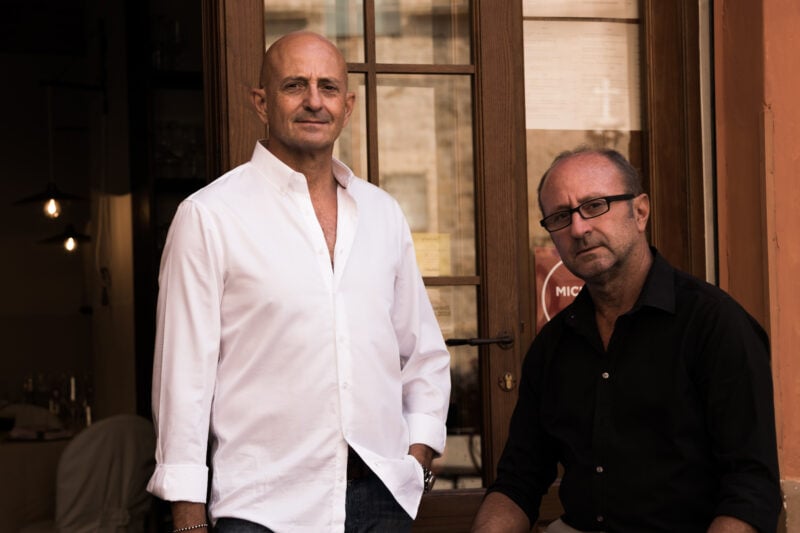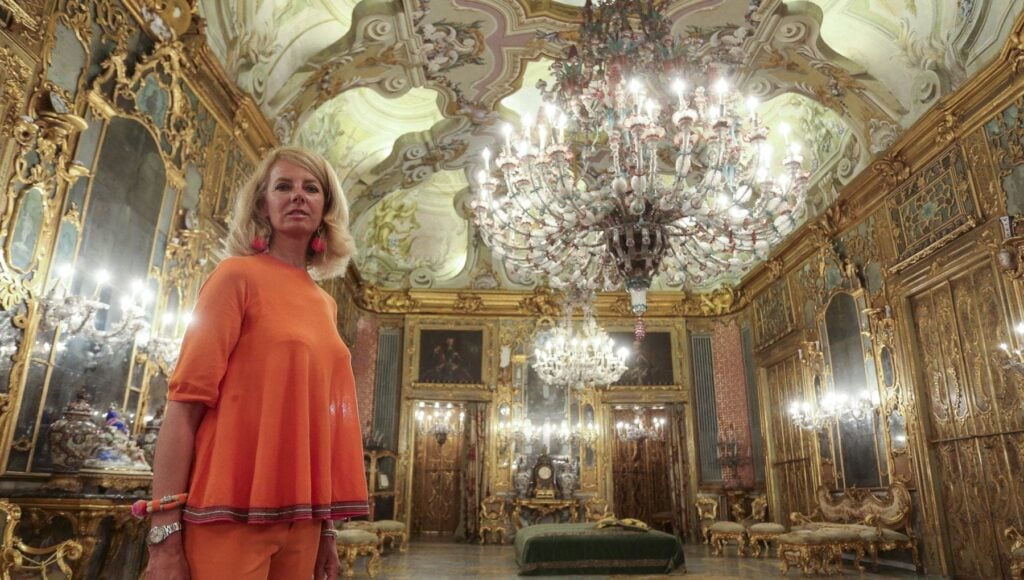
Osteria dei Vespri
Tavern
It’s never easy for a chef to talk about his own cuisine, without running the risk of involuntary self-celebration, or an excess of caution, especially after so many years of experience in the field. This is my history.
My name is Alberto Rizzo and I’m self taught I approached the stove for the typical family contingency according to which it “happens” to find yourself cooking with an able-bodied relative. In my case it was my grandmother. She was a very good cook, like all grandmothers almost always. She was of Cremonese origin and she had taught many of her secrets to my mother, who applied them with some inspiration and creativity. Observing them, I began to make fresh pasta to make ravioli, to make meat, braised meats, to make desserts, following their recipes.
I started to emulate the women who most represented the cuisine that I still offer today My taste evolved over the years, thanks to an ever-increasing maturity and awareness. My growth as a lover of the culinary world happily underwent different territorial incursions, since in addition to the Emilian origins already mentioned, on the table of my house there were also Sicilian origins, specifically from Palermo. My father defined himself as a ” DOC Palermo “, he lived in the heart of Vucciria. I certainly owe my innate passion for the pleasure of being at the table and eating to my parents. A passion that matured from an early age, when we were taken around the restaurants together with my younger brother Andrea, who today looks after the cellar at the Osteria.
I think I can proudly claim that mine is a cuisine with real, incisive flavours, which you recognize in every bite, thus uniting the Lombard-Emilian traditions with the Sicilian and Palermo ones. I’ve had the best stimuli to create in the kitchen while traveling around many restaurants.
I love conviviality and the pleasure of dining in general. Mine is a kitchen open to all national and non-national excellence. And apart from any rhetoric, I believe that everything that can improve a dish should be taken into consideration, but never from the perspective of a globalization of taste. I am in favor of a cultural openness to the different because the table is conviviality: food is a Symposium.

The cuisine of the ” Leopard”: where the best traditions of conviviality are renewed.ALBERTO E ANDREA RIZZO
The palace of the “Leopard”
“If we want everything to remain as it is, everything must change.”
— G.T. Of Lampedusa, “The Leopard”
With these words, Giuseppe Tomasi di Lampedusa’s “The Leopard” heralded a paradox in modern Italian history, when the elites frantically made deals to protect their privileged status on the eve of national unification in 1861. Since 1999 we have meticulously and elegantly curated the Osteria dei Vespri, the historic restaurant located in the heart of the Kalsa in Piazza Croce dei Vespri in Palermo. The restaurant is kept and set like a precious stone inside the majestic walls of the eighteenth-century Palazzo Valguarnera-Gangi. The prestigious palace is also famous for having given life to the unforgettable dance sequence of the film “The Leopard” by Luchino Visconti (1963), which draws inspiration from the book by G. Tomasi di Lampedusa.
The current owners of the latter, Giuseppe and Carine Vanni Calvello di San Vincenzo, for more than twenty years have spared no resources and energy to keep its beauty unchanged through targeted restoration campaigns. Furthermore, in front of the noble palace, there is Palazzo Bonet, seat of the Civic Gallery of Modern Art, which makes the square a place crossed daily by customers and tourists.
Piazza Croce dei Vespri, located between via S. Anna, vicolo Valguarnera and Piazza Aragona, was once known as the “piano di S. Anna la Misericordia il Piccolo”, to distinguish it from today’s piazza S. Anna which is larger and bore the same name. It is said that most of the French people slaughtered by the people during the fury of the Sicilian Vespers of 1282 were buried here.
The magic that attracts them, often by pure chance, causes them to stop and observe the marvel of Palazzo Gangi, still intact, sober in its external forms and breathtaking in its interiors.
And it is precisely in memory of these events that in 1737, in the of the square, a marble column was placed with an iron cross on top, which years later was decentralized, since it prevented an easy passage to the large carriages that went to the adjacent Valguarnera palace.
It is no coincidence that the Rizzo brothers chose this magical place, full of history, where they have been pursuing their vision of the world and the future for more than 20 years, through their cuisine, which is constantly evolving and changing.
In the Gattopardo’s kitchen, where the best traditions of conviviality are renewed.

